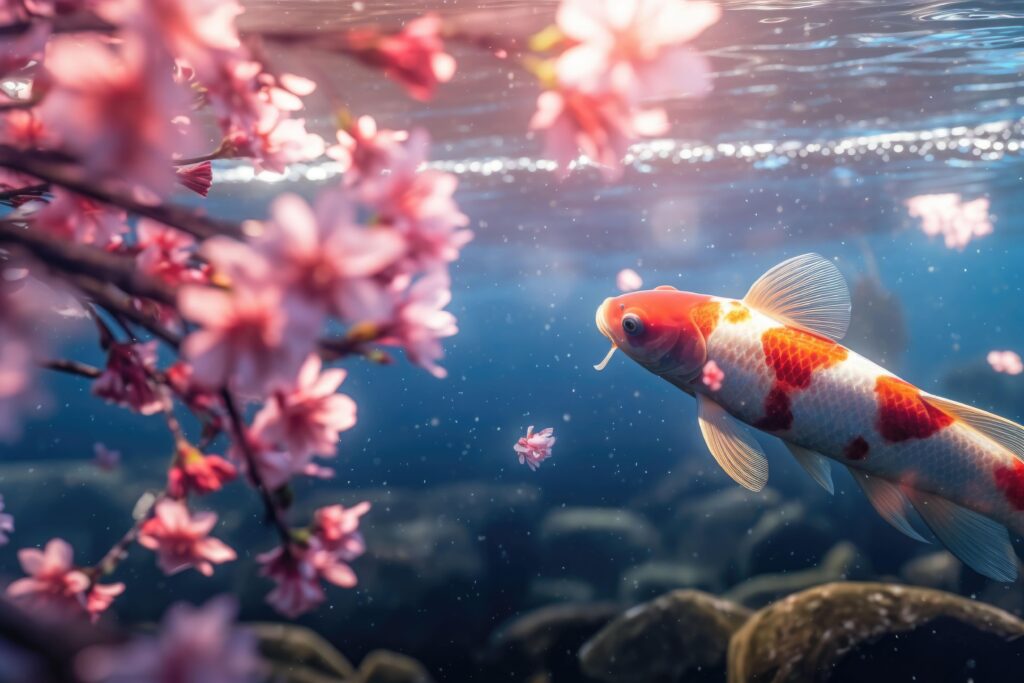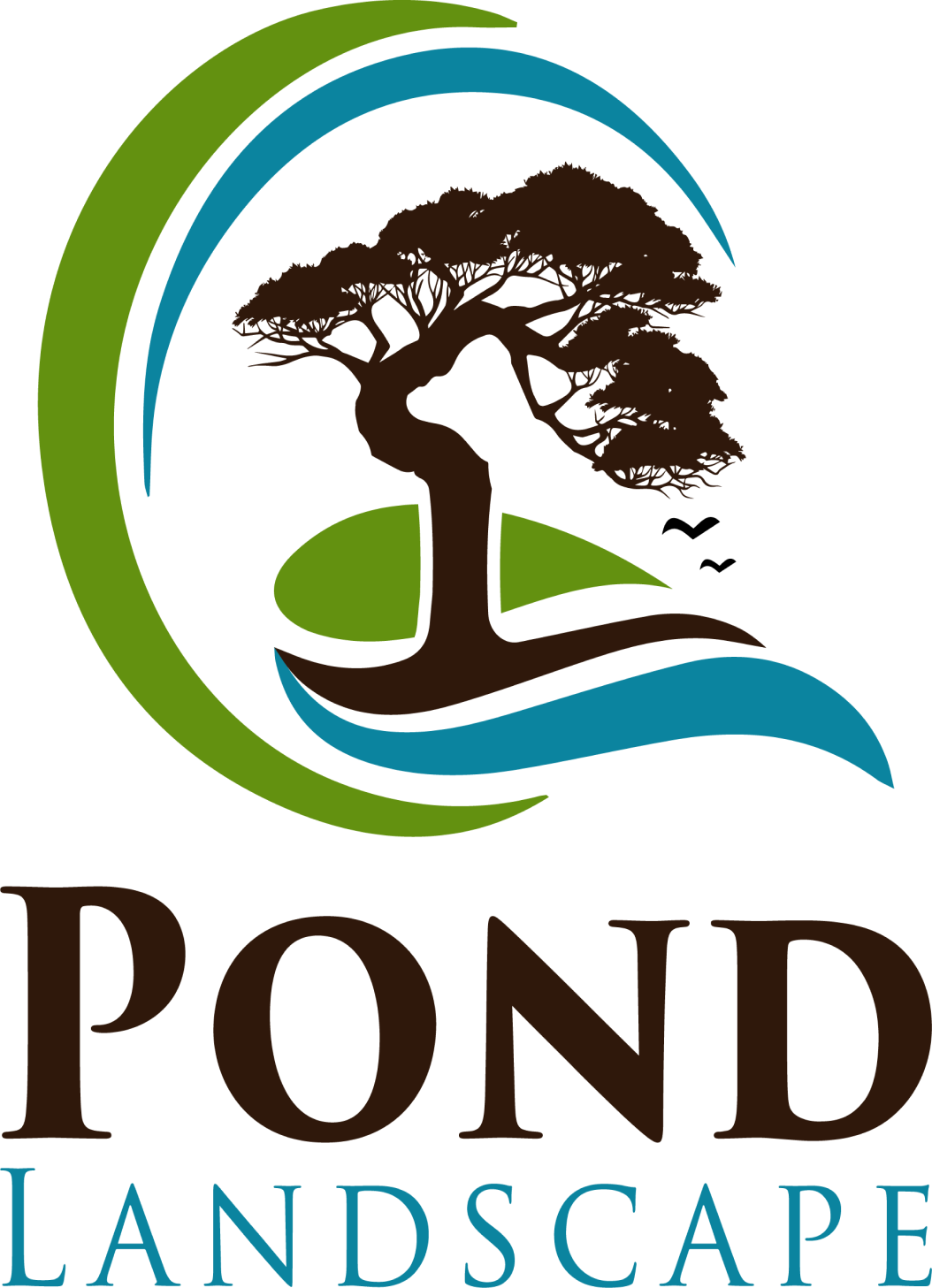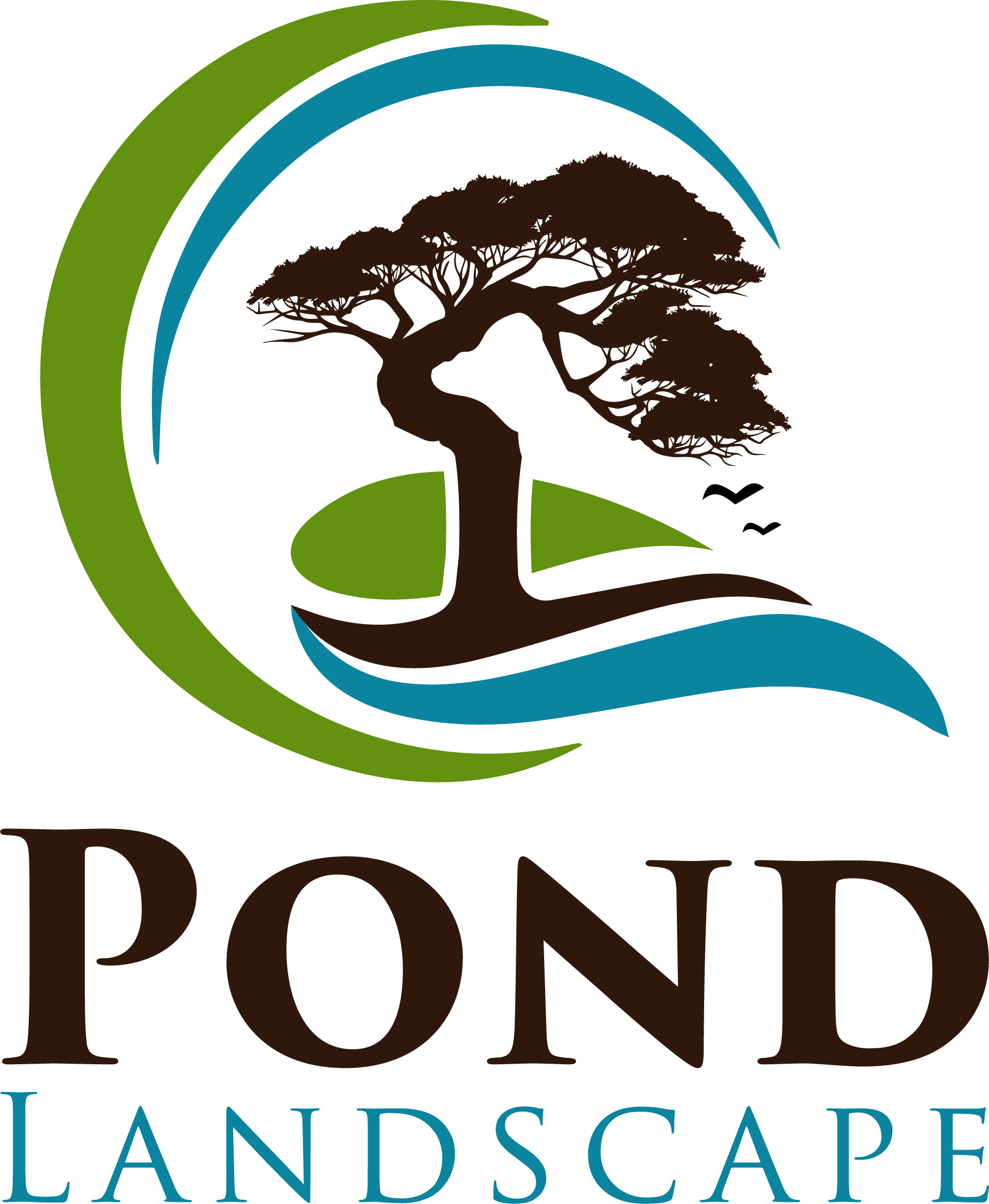Regular Water Testing
Conduct routine water tests to monitor pH levels, ammonia, nitrites, and nitrates. Keeping water parameters within the optimal range is crucial for the health of Koi fish.

Proper Feeding Practices
Follow a balanced and appropriate feeding schedule. Avoid overfeeding, as excess food can lead to water quality issues. Provide a high-quality Koi diet to support their nutritional needs and growth.
Seasonal Pond Cleaning
Perform thorough pond cleaning at the start of each season. Remove debris, sludge, and excess plant matter. Trim and thin aquatic plants to maintain a balanced ecosystem and prevent nutrient buildup.
Adequate Filtration System Maintenance
Regularly clean and maintain the filtration system. Replace filter media as needed and ensure proper functioning of pumps and aeration devices. A well-maintained filtration system is essential for water clarity and Koi health.
Temperature Control in Extreme Weather
Implement measures to control water temperature during extreme weather conditions. Use shade structures to prevent overheating in hot weather and consider pond heaters or de-icers to prevent freezing in colder climates.
Quarantine Procedures
Introduce new Koi to the pond after a quarantine period to prevent the spread of diseases. Quarantine tanks allow for observation and treatment if needed, ensuring the health of existing fish.
Disease Monitoring and Treatment
Regularly inspect Koi for signs of disease. Early detection is crucial for effective treatment. Follow recommended protocols for disease prevention, and consult with a vet or aquatic specialist if any health issues arise.
Prudent Water Changes
Schedule periodic water changes to refresh the pond and maintain water quality. Use dechlorinator for tap water and avoid sudden, drastic changes in water parameters to prevent stress on the Koi.
Trim and Maintain Surrounding Vegetation
Trim plants and trees around the pond to prevent debris from falling into the water. This reduces the risk of nutrient overload and helps maintain water clarity.
Continuous Observation and Adjustment
Regularly observe Koi behavior, water clarity, and overall pond conditions. Make adjustments as needed, whether it’s altering feeding habits, addressing water quality issues, or adapting to seasonal changes.
In conclusion, effective care and maintenance of Koi ponds involve regular water testing, proper feeding practices, seasonal cleaning, filtration system upkeep, temperature control, quarantine procedures, disease monitoring, water changes, vegetation maintenance, and continuous observation and adjustment. By following these guidelines, pond owners can ensure a healthy and thriving environment for their beloved Koi fish.
Last modified: 19 February, 2024

